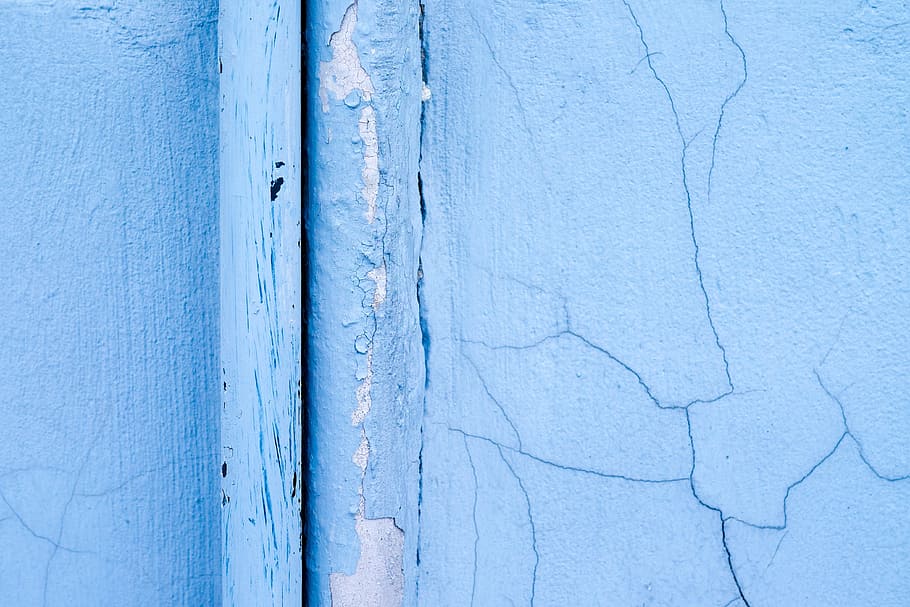5 Dangerous Flood Risks You Should Know About


There is no force more powerful and destructive than water. Water damage has the power to wreak havoc on your home and personal belongings, whether it’s a slow, steady leak or a sudden, catastrophic flood attack.
One of the best ways to protect yourself and your property is to understand the potential flood risks in your area and take preventive measures beforehand rather than looking for solutions later. In this article, we will discuss five dangerous flood risks and how you can prevent them.
5 Potentially Dangerous Flood Risks You Should Be Aware Of
Flash Floods
Flash floods are sudden, powerful floods within a few hours of heavy rainfall or rapid snowmelt. They are more dangerous than you think because they can come quickly with little to no time to prepare. Flash floods can cause significant property damage, wash away vehicles, and lead to fatalities.
River Flooding
River flooding occurs when a river overflows its banks due to excessive rainfall or snowmelt. The severity of a river flood depends on the size of the river, the amount of rain or snow, and the time it takes for the water to reach its peak. River floods can cause extensive damage to homes, businesses, and infrastructure, as well as pose a threat to human life.
Coastal Flooding
Coastal flooding results from storm surges or tsunamis, causing seawater to rise and inundate coastal areas. Storm surges are often associated with hurricanes, tropical storms, or other intense weather events, while underwater earthquakes or volcanic eruptions cause tsunamis.
Coastal flooding can be devastating because it can impact densely populated areas and cause massive property damage.
Urban Flooding
Urban flooding occurs when heavy rainfall overwhelms a city’s stormwater drainage system, flooding streets, buildings, and other infrastructure. Urban flooding can be particularly dangerous because it can lead to contaminated water, electrical hazards, and structural damage. Since there are more people and infrastructure in urban areas, the risk of injuries is worse.
Dam or Levee Failure
Dams and levees are structures built to control and contain water, but the results can be catastrophic when they fail. Structural issues, natural disasters, or human error can cause dam or levee failures. When a dam or levee fails, it can release a massive amount of water, causing devastating floods that can lead to significant property damage and loss of life.
How to Prevent Flood Damage
Maintain Your Home’s Foundation
Maintaining your home’s foundation is one of the most effective ways to prevent flood damage. Regularly inspect your foundation for cracks and repair them as needed. Ensure your home’s gutters and downspouts are properly functioning and directing water away from your foundation.
Install Flood Barriers and Seals
Installing flood barriers and seals around doors, windows, and other vulnerable areas can help prevent water from entering your home. Many types of flood barriers are available, ranging from sandbags to more advanced systems like inflatable barriers.
Practice Proper Landscaping and Drainage
Proper landscaping and drainage can help prevent water from pooling around your home and causing damage. Ensure your yard is graded away from your home and consider installing a French drain system to keep water away from your property.
A Step-by-Step Flood Restoration Plan
Safety First
Flood damage restoration experts in Denver recommend that in the event of a flood, your priority should be your and your family’s safety. Make sure to evacuate the area if necessary, and only attempt to enter a flooded building once it has been deemed safe by professionals.
Document the Damage
Before cleanup begins, document the damage for insurance purposes. Take photographs and list all damaged items, including their make, model, and value.
Hire a Professional Restoration Company
Restoration experts can help restore your home to what it may have looked like before. They have the knowledge to assess it properly, the equipment to take care of it efficiently, and the experience to know what to do in unique cases as well. Additionally, they can help you prevent mold growth and restore damaged belongings.
Conclusion
You can minimize the risk of flood damage by taking preventive measures, such as maintaining your home’s foundation, installing flood barriers, and practicing proper landscaping and drainage.
In the event of a flood, always prioritize safety and work with a professional restoration company to get your home back to normal.




